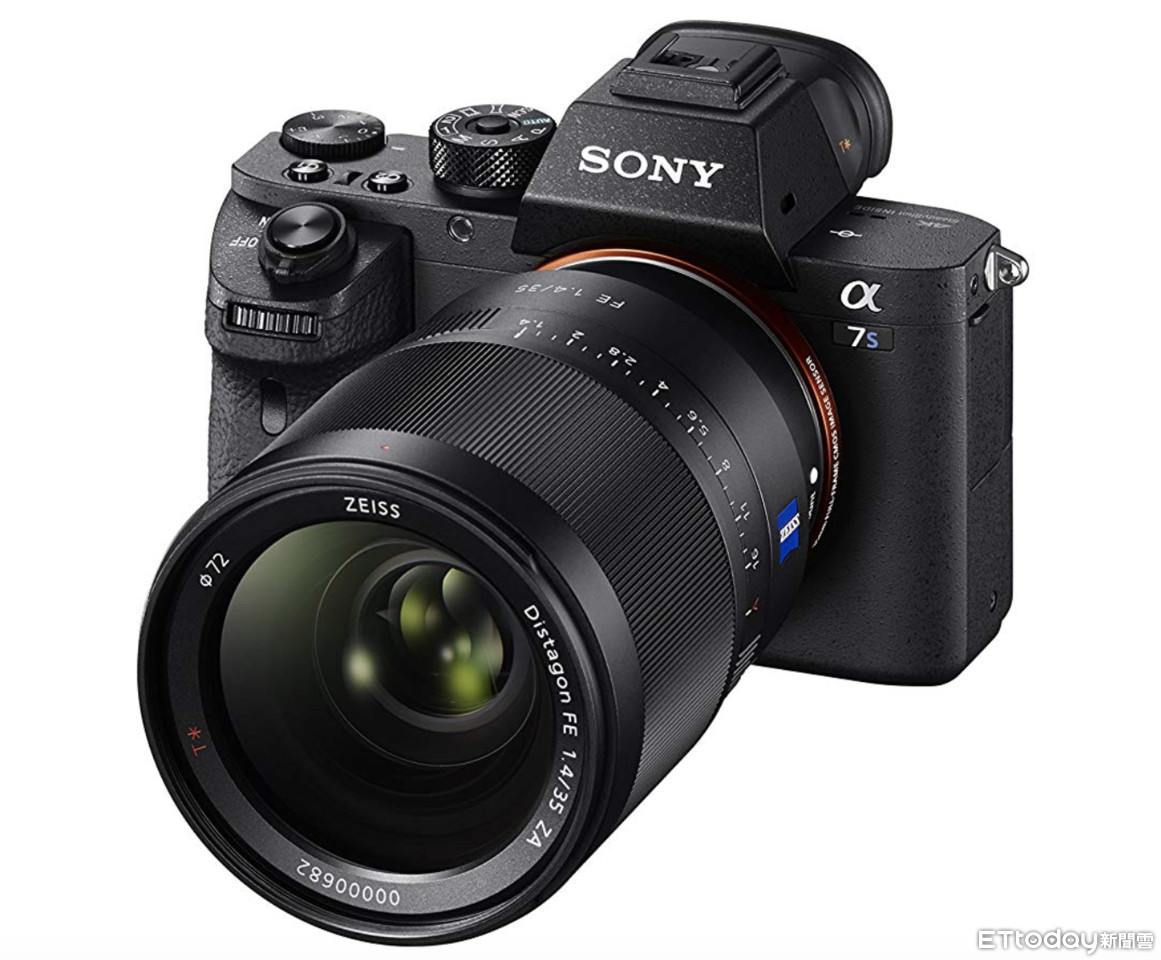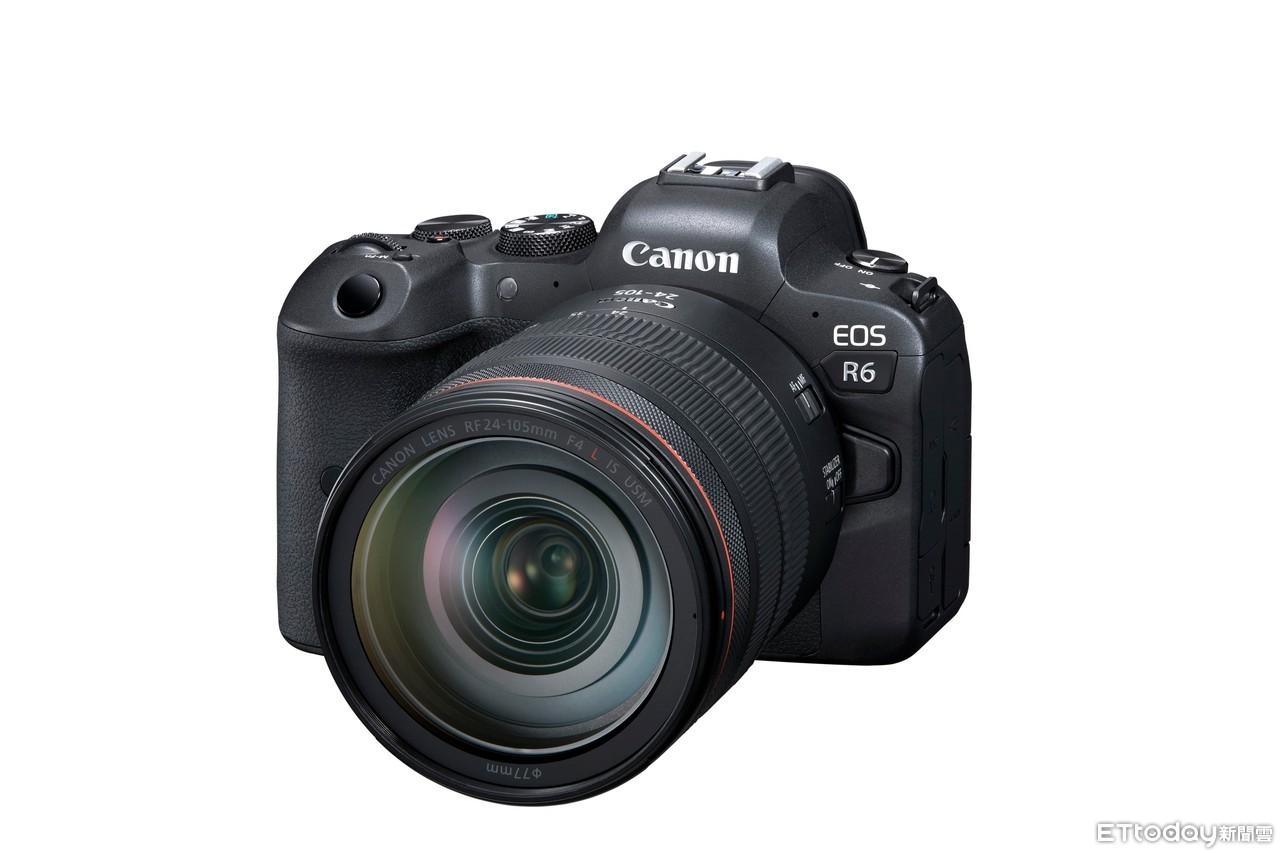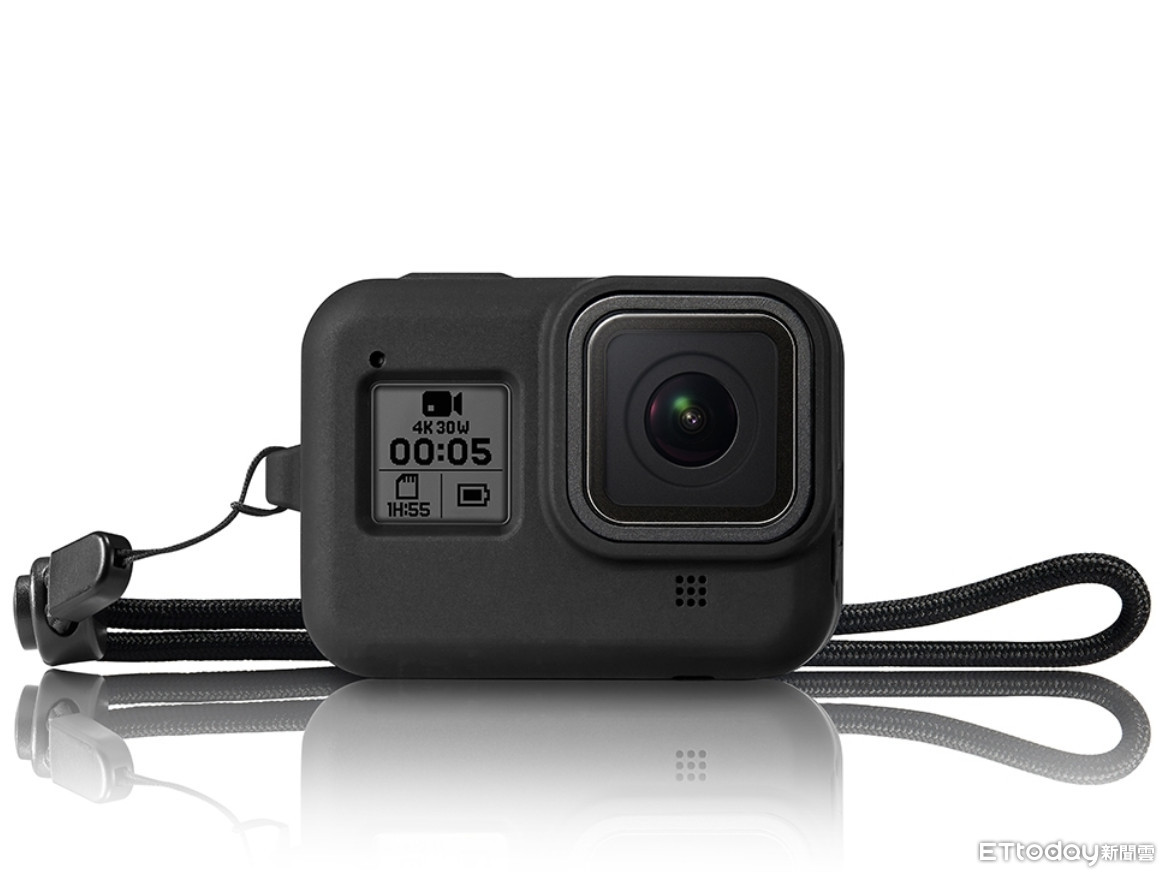大猩猩大猩猩的進一步閱讀在星期五下午添加了Raspberry Pi為“第一個公民”,我收到了令人興奮的SMS公告 – 到達了我的Raspberry Pi400。我上週在採訪Raspberry Pi eben Upton的創始人時了解了新的型號滴滴Martin Wimpress桌面的規範工程總監有關新改進的桌面支持20.104GIB PI 4,該台式PI 4將帶有鍵盤和鍵盤集成的鍵盤中的預組裝在楔子中。新型號直接旨在使用台式機替換,並可以以70美元或70美元或70美元的價格購買作為一個完整的包(如上所述),價格為100美元。新的外形 – 顯然已經開始進行的新型尺寸,自覆盆子Pi的官方鍵盤出現以來,它出現並熱情地支持了Pi 4作為傳統台式PC的替代品或替代方案的越來越多。告訴ARS飲料400是AB
Late Friday afternoon, I got an exciting SMS notification—my review sample of the new Raspberry Pi 400 had arrived. I learned of the new Pi model last week while interviewing Raspberry Pi founder Eben Upton and 收購相機Canonical Desktop Engineering Director Martin Wimpress about Ubuntu 20.10’s newly improved desktop support for the Pi hardware family.In brief, the Pi 400 is a slightly faster version of the 4GiB Pi 4 that ships preassembled in a small, wedge-shaped chassis with integrated keyboard. The new model directly targets desktop replacement use and can be purchased solo for $70 or as a full kit (as seen above) for $100.
The new form factor—which has apparently been in the works ever since the introduction of the official Raspberry Pi keyboard—addresses and enthusiastically supports the Pi 4’s growing use case as a replacement or alternative for the traditional desktop PC. Upton told Ars that the Pi 400 is about 20-percent faster than the Pi 4; it has largely the same components under the hood but on a differently laid-out board, and its BCM2711 CPU is clocked a touch higher than the BCM2711 in the Pi 4.
Unboxed and plugged in, the Pi 400 is functional but not particularly lovely. On the plus side, the integrated keyboard means fewer cables to deal with. Unfortunately, the remaining cables are unusually likely to snarl and look a bit feral. They are both stiffer and shorter than I’d prefer in an ideal world, making it difficult to impossible to end up with a setup that doesn’t look like a rat’s nest. The red cable for the mouse clashes pretty violently with the off-white cables for USB-C power and micro-HDMI out, which doesn’t help any.
That said, it’s important to remember that the entire kit retails for $100. Within the limits of the Pi 400’s very generous price, it’s not really fair to complain too hard about a few aesthetic gaffes here and there! Consumers with a few extra dollars to spend might want to consider replacing the Pi 400’s mouse with something a bit more functional, though… and a full-sized keyboard might not be a bad idea while you’re at it.
The integrated keyboard is functional but noticeably narrower than a standard keyboard. I’m not generally sensitive to variations in keyboard layout due to a long career involving Other People’s Computers in large numbers, but I was plagued with constant mistyping problems the entire time I tested the Pi 400.
It’s also worth noting that, while the Pi 400 supports dual displays, it does so with micro-HDMI ports, not full-sized ones—and it ships with a single cable. You’ll need an extra cable if you want to use your Pi 400 with dual displays—and since it ships with a micro-HDMI to HDMI cable, not an adapter, things will get complicated if you want to use it with, e.g., portable LED displays that have off-sized ports themselves.
Finally, there’s no 3.5mm audio jack on the Pi—if you’ve got it hooked to a television or a monitor with speakers, it can deliver audio over HDMI; otherwise you’ll need a supported USB audio device. I tested with an inexpensive USB gaming headset, which worked fine.
I began testing the Pi 400 using its native Raspberry Pi OS Linux distribution—which is basically Debian with LXDE and a lot of middleware optimizing it for the Pi. Unfortunately, there’s almost nothing in the way of standard benchmarking utilities that run on ARM Linux—all I could find was the Phoronix Test Suite, which would have required more time to run than I had to test the device in total. So for the most part, I’m going to talk about my subjective experience, rather than hard numbers.
The good news about the Pi 400 is that it does make a credible desktop PC, in the sense that, yes, you can totally use it without things breaking. With that said, you’re unlikely to forget that you’re using a very inexpensive ARM device. Much like the Pinebook Pro, the Pi 400 exhibits heavy latency while opening applications that’s perhaps possible to live with but impossible not to notice.Also like the Pinebook Pro, once the applications are actually open, they generally run smoothly enough—although we did find the Pinebook Pro’s hex-core 2.0GHz big/1.5GHz little CPU noticeably punchier than the Pi 400’s straight 1.8GHz quad-core. The biggest problem I had was with high-resolution, high-frames-per-second YouTube videos.
I only tested the Pi 400 with a 1080p monitor, so I can’t speak to its chops with 4K videos—but it’s absolutely not capable of handling the Costa Rica in 4K 60fps HDR video without visible frame drop, even at 720p. The major issue here appears to be the 60fps rate, not the 720p resolution. I also tested the “Forests” episode of Netflix’s docu-series Our Planet on YouTube at 1080p, and that video played back flawlessly.
Examining CPU utilization during playback of the 60fps Costa Rica video, we can see the little 1.8GHz Broadcom quad-core CPU struggling—it’s at its limits, with CPU utilization for all cores at more than 90 percent. Although the BCM2711 supports hardware offload of video decoding—without which, this video would be playing in seconds per frame, rather than just dropping frames a bit—the hardware offload can only do so much, and the CPU is being asked to take on more than it can handle in software.
This effect is even more visible when entering or leaving full-screen playback. On a standard desktop PC, that operation takes perhaps 100-150ms. On the Pi 400, it frequently takes as much as three or four full seconds, during which the video itself tends to keep playing, but the surrounding controls and framework only partially render/stop rendering while the shift finishes taking place.
Getting audio out of the Pi 400 was a bit of a challenge; it defaulted to attempting to deliver audio over HDMI, and Raspberry Pi OS’ audio control dialog isn’t the best. Even after changing the output device to USB Audio (my gaming headset), YouTube wasn’t producing audio—and there’s no “test” button I could find in Pi OS, like the one in Ubuntu’s audio-control dialog. Closing and reopening the browser entirely after changing the output device resolved the issue, and audio played from the headset fine afterward.All of these quibbles aside, I again have to make note of the sheer inexpensiveness of the Pi 400—it’s only $70 for the device itself or $100 for a kit that includes a mouse, SD card, micro-HDMI to HDMI cable, USB-C power supply, and 247-page full-color guide packed chock-full of tips and projects.
At $100 or less for a functional, reliable, well-packaged, and integrated desktop computing device, I’m not going to get mad about YouTube looking funny and hanging for a few seconds when it shifts back and forth from full-screen. Yes, Walmart’s $350 Gateway laptop is considerably more powerful, and it includes a screen, battery, and much better keyboard… but that $350 would buy five Raspberry Pi 400s.
特別記者洪尚伊 /索尼相機攝像機部門宣布啟動新功能,只要“ ruba rub”快照應用程序,只要相機連接到相機,攝像機就可以用作互聯網視頻鏡頭計算機。不用擔心計算機視頻鏡頭還不夠強,您也可以製作廣播和現場電影。在有關索尼的官方信息中,目前有35張攝像機可以支持此功能和alpha 7s III。其他模型如下:Alpha 9 I,Alpha 9,Alpha 7r IV,Alpha 7r III,Alpha 7r II,Alpha 7s II,Alpha 7s II,Alpha 7s,Alpha 7s,Alpha 7S,Alpha 7S,Alpha 6600,Alpha 6600,Alpha 6400,Alpha 6400,Alpha 6100,Rx100 VI,RX100 VID I,除Sony,RX100 VI,RX0 II,RX0外,除Sony,收購相機Canon,Olympus,Panasonic,Panasonic,Panasonic,Fujifilm,Gopro外高水平的支持。其EOS網絡攝像頭UPISITY應用程序提供了多個版本的Windows 10,MacOS 10.15(Catalina),10.14(Mojave)或10.13(高sierra)。就GoPro而言,您必須首先更新相機韌帶,然後下載GoPro WebCAM台式計算機到計算機,然後直接與原始USB連接到USB-C線路進行傳輸,您可以將相機用作網絡鏡頭。基本錄製質量為1080p@30FPS支持視頻功能,例如Google Meet,Skype,Microsoft Teams等。此外,Twitch(與OBS連接),Facebook,YouTube,Vimeo,Vimeo,Huya,Huya,B Station,B Station和其他知名平台但是,生命可以直接使用。但是,記者已轉到索尼相機應用程序頁面,並透露,此應用程序僅支持Windows 10操作系統,不支持其他舊Windows型號,也沒有MacOS版本。只能說慢慢… *下載鏈接的相關應用程序:錄製的邊緣,EOS服務程序網絡攝像頭,GOPRO網絡攝像頭工作表面的實用程序
特約記者洪聖壹/綜合報導
SONY 相機部門宣布推出新功能,只要在PC端下載“ Imaging Edge”應用程式,接著只要把相機透過 USB 連接電腦,就可以當作網路視訊鏡頭來用,如此一來不用擔心電腦視訊鏡頭不夠力,甚至還可以做直播、拍影片。

從 SONY 公開的官方資訊來看,目前有 35 款相機支援這個功能,包括最新發表的網紅神器 SONY ZV-1、Alpha 7S III。其他機種如下:
Alpha 9 II,Alpha 9,Alpha 7R IV,Alpha 7R III,Alpha 7R II,Alpha 7S II,Alpha 7S,Alpha 7 III,Alpha 7 II,Alpha 6600,Alpha 6400,Alpha 6100,RX100 VII ,RX100 VI,RX0 II,RX0
除了SONY之外,收購相機Canon、Olympus、Panasonic、Fujifilm、GoPro 其實在今年都相繼開放相同的形式連接電腦當視訊鏡頭。不過 收購相機Canon 公司支援度比較高,它的應用程式 EOS Webcam Utility 提供了 Windows 10、MacOS 10.15 (Catalina), 10.14 (Mojave), or 10.13 (High Sierra) 等多版本下載。

至於 GoPro 則需要先更新相機韌體,然後下載GoPro Webcam 桌面應用程式到電腦,之後直接接上原廠 USB to USB-C 的傳輸線,就可以把相機當網路鏡頭使用,基本拍攝品質為 1080p@30fps,支援Google Meet、Skype、微軟Teams等視訊功能,另外Twitch(要另外接OBS)、Facebook、YouTube、Vimeo、虎牙、B站等知名直播平台都是直接插好就可以使用。

然而記者前往SONY相機應用程式下載頁面發現,這個應用程式只支援 Windows 10 作業系統,並不支援其他老舊的 Windows 機種,也沒有 MacOS 版本,只能說慢慢來了…
*相關應用程式下載鏈接: Imaging Edge、 EOS Webcam Utility、GoPro Webcam Desktop Utility
收購相機 收購相機
近期留言